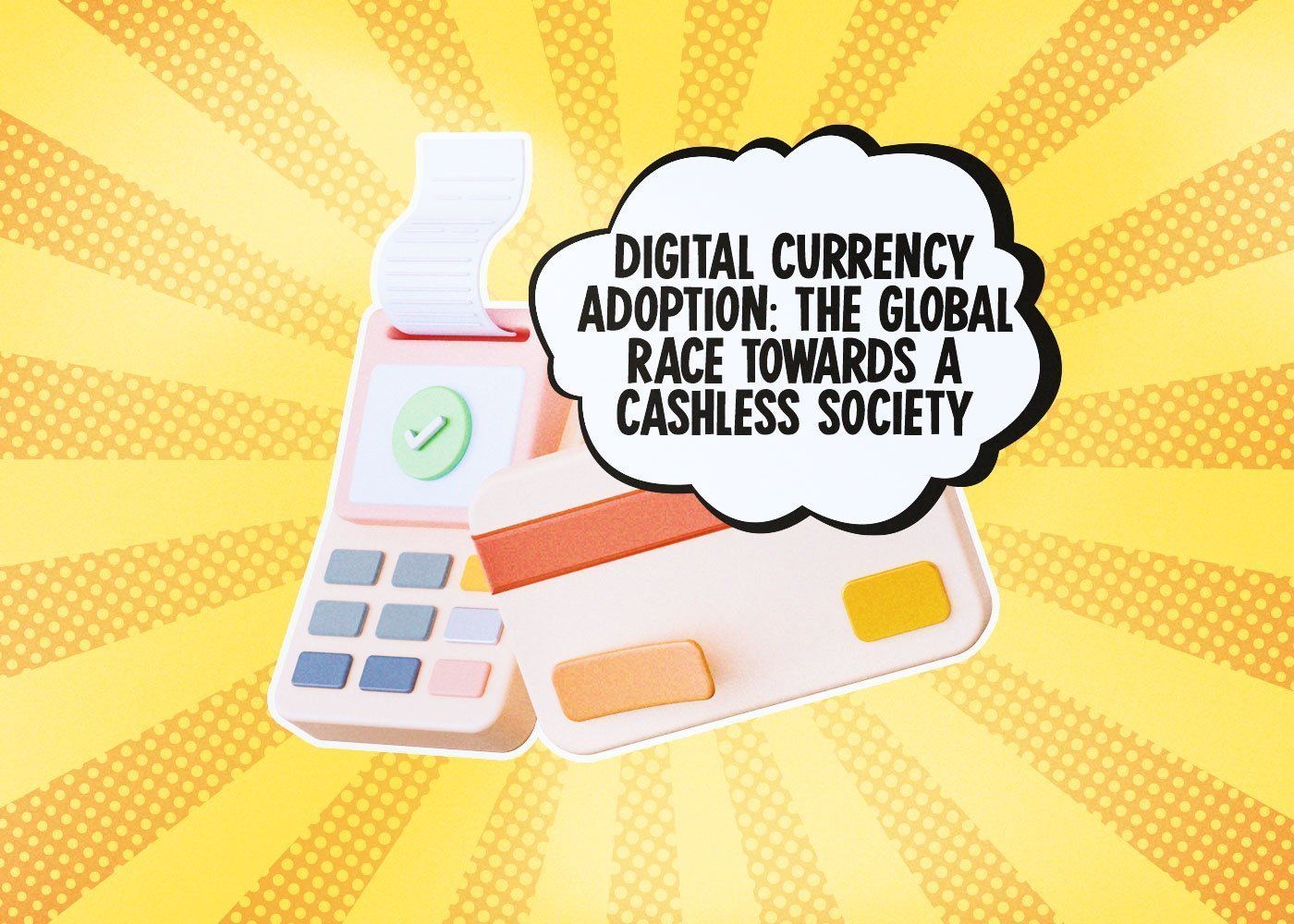The world is rapidly embracing digital currencies as a new form of payment, transforming the way we transact and interact with money. This global race towards a cashless society has been fueled by the numerous benefits of digital currencies, which include increased security, lower transaction costs, and greater financial inclusion. This article will delve into the factors driving digital currency adoption, the current state of cashless societies worldwide, and the potential implications for the global economy.
Driving Forces Behind Digital Currency Adoption
As we witness the expansion of digital currencies, it’s important to understand the key factors that are pushing this trend forward. Technological advancements, evolving consumer preferences, and government and regulatory support are all playing a role in accelerating digital currency adoption.
Technological Advancements Fueling Change
Blockchain technology, the backbone of many digital currencies like Bitcoin and Ethereum, has revolutionized the way we view secure transactions. With its decentralized and transparent nature, blockchain technology provides a tamper-proof solution for recording transactions, fostering trust in digital currencies.
Mobile devices have also played a crucial role in facilitating digital payments, empowering consumers with the ability to make transactions anytime, anywhere. The widespread availability of smartphones and internet connectivity has enabled the growth of digital wallets and mobile payment platforms, making it easier than ever for people to adopt digital currencies.
Evolving Consumer Preferences
The convenience and speed of digital transactions have made them increasingly popular among consumers. As people become more comfortable with technology, the desire for instant, contactless payments has grown. This shift in preference was accelerated during the COVID-19 pandemic, as people sought safer ways to make transactions without the need for physical contact.

Government and Regulatory Support
Central banks and governments worldwide have started exploring the potential of central bank digital currencies (CBDCs). These digital currencies would provide a stable, secure, and efficient alternative to traditional currency, allowing for seamless integration into the digital economy. Governments are also working to create regulatory frameworks that support the adoption of digital currencies while mitigating risks, such as money laundering and fraud.
Pioneers in the Cashless World
Sweden, often regarded as the vanguard of digital payments, has seen a significant decline in cash usage in recent years. This trend has been driven by the widespread adoption of digital payment solutions, such as Swish, which allow for instant transactions via mobile devices.
China is another powerhouse in the world of digital payments, with platforms like Alipay and WeChat Pay dominating the market. The country’s central bank is also actively developing its digital currency, the digital yuan, which has undergone extensive testing in various regions.
Other countries, such as South Korea, the United Kingdom, and India, are also witnessing a surge in digital currency adoption, driven by strong government support and a tech-savvy population.
Navigating the Challenges of a Cashless Society
While cashless societies offer numerous benefits, they also come with challenges that must be addressed. Privacy and security concerns are at the forefront, with people worried about the safety of their financial information and the potential for cyberattacks. Ensuring financial inclusion for the unbanked population is also a critical concern, as those without access to digital infrastructure risk being left behind. Additionally, the potential for increased government surveillance must be addressed to prevent abuse of power.
Reaping the Economic Benefits of Digital Currency Adoption
Digital currency adoption has the potential to reduce transaction costs for consumers and businesses, streamline global trade, and enhance financial inclusion for those who have been traditionally underserved by the banking system. These benefits could drive economic growth and development on a global scale, as well as create new opportunities for innovation and entrepreneurship.
Addressing Challenges and Risks
As with any significant technological shift, the transition towards a cashless society presents its fair share of challenges and risks. Ensuring robust cybersecurity measures are in place is crucial to protect the integrity of digital currency systems and maintain consumer trust. Governments and financial institutions must also work together to address the potential for increased income inequality and ensure that the benefits of digital currency adoption are accessible to everyone.
International Cooperation: Tackling Regulatory Challenges Together
As digital currencies gain traction globally, the need for international cooperation to address regulatory issues becomes increasingly important. Countries must collaborate to establish common standards and guidelines for digital currencies, ensuring their safe and secure integration into the global economy.
Envisioning the Future of Money
As digital currencies continue to reshape the financial landscape, the roles of central banks and traditional financial institutions will need to adapt. These institutions must evolve to stay relevant in an increasingly digital world, providing new services and solutions that cater to the changing needs of consumers and businesses.
The prospect of a global digital currency is also becoming more plausible, with initiatives like Facebook’s Diem project sparking interest and debate. The development of a global digital currency could further streamline cross-border transactions and foster economic integration, although challenges related to regulation, security, and acceptance must be carefully considered.
Charting the Course Towards a Cashless Society
The global race towards a cashless society is gaining momentum as digital currency adoption accelerates across the world. This transformation presents both opportunities and challenges for individuals, businesses, and governments alike. While the benefits of digital currencies are clear, it is crucial to address the potential risks and ensure a smooth transition for all stakeholders involved. The future of money is digital, and embracing this change will require collaboration, innovation, and adaptation on a global scale.








